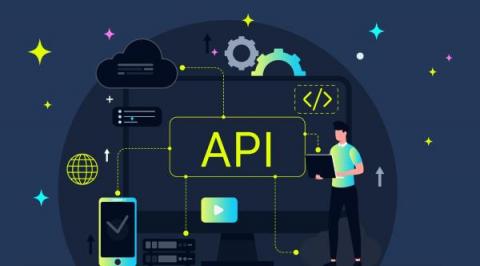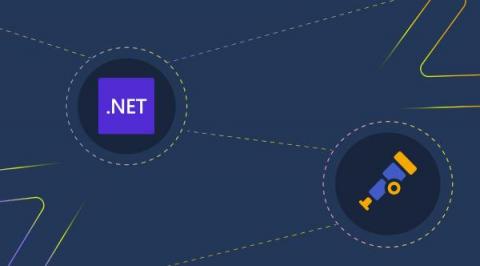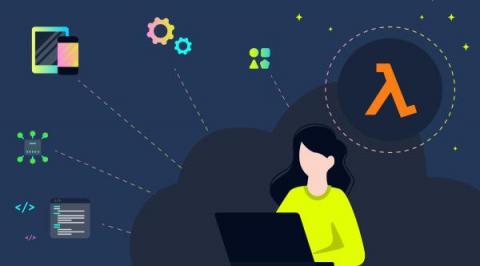How we slashed detection and resolution time in half (Salt Security)
Salt Security had deployed OpenTelemetry but found it insufficient. So the company engineers evaluated Helios, which visualizes distributed tracing for fast troubleshooting. My role as the Director of Platform Engineering at Salt Security lets me pursue my passion for cloud-native tech and for solving difficult system-design challenges. One of the recent challenges we solved had to do with visibility into our services. Or lack thereof.











